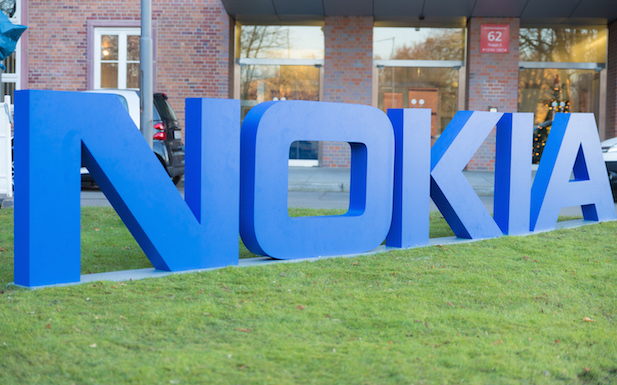Nokia has grown its AirScale range of products, adding new radios and a solution to help roll out cloud based RAN.
The vendor claimed the AirScale RNC is the first cloud-based 3G radio network controller. It said that by moving the controller to the cloud, operators could benefit from greater scalability and automation, as well as more flexible networks.
The RNC has been trialled with operators and will be launched during the first quarter of next year.
Arnaud Vamparys, VP Radio Networks and Microwaves at Orange Group, said: “We were impressed with the performance of this new virtualised RNC product in the key capabilities tested, in particular its ability to scale capacity to fulfill traffic demand, which will satisfy the future needs of our 3G networks. Based on what we’ve seen, this product will perfectly fit in our global mobile access evolution towards virtualisation.”
Nokia has also launched three new radio products. The AirScale RRH 4T4R B40 160W for 2300 MHz can support up to 100MHz of unpaired spectrum and is aimed at operators wishing to increase data rates and capacity.
The AirScale RRH 2T2R B28 120W supports the 700MHz band and is only 73mm thick. Nokia said the radio would support multiband carrier aggregation.
A third radio is focused on the 1500MHz band in Japan.
Frank Weyerich, Head of Mobile Networks Products at Nokia, said: “The journey to 5G can be smoothed by choosing the right technology path. With 4.5G Pro and cloud-based radio access networks, operators can leverage scalability and flexibility as they start to provide 5G-like use cases on top of LTE, taking user experience to the next level.”
Meanwhile, SK Telecom has implemented what it claims is the world’s first cloud RAN in a commercial network.
Park Jin-hyo, Senior Vice President and Head of Network R&D Center at SK Telecom, said: “Network innovation through convergence of telecommunication and IT is an urgent task to deal with explosive growth of data traffic. SK Telecom will continue to develop innovative technologies like SDRAN to lead the evolution toward next-generation network.”



